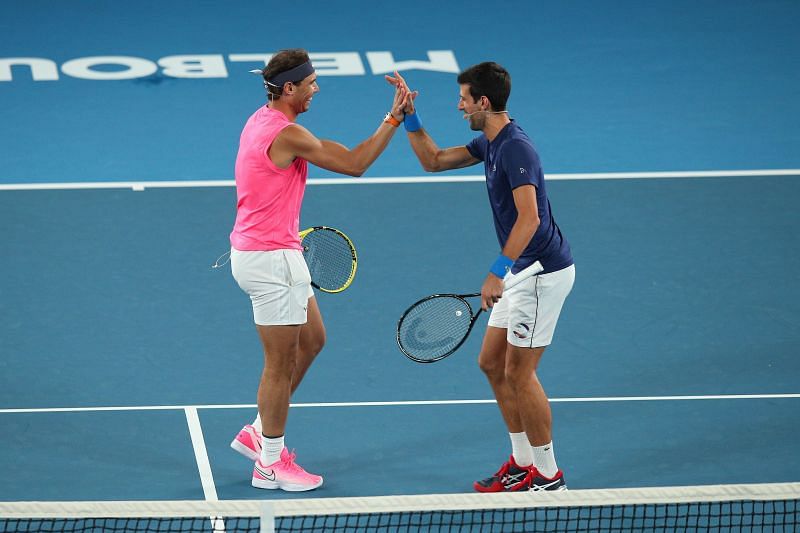
Rafael Nadal wants best-of-5, Novak Djokovic wants best-of-3, but who's on the right side?
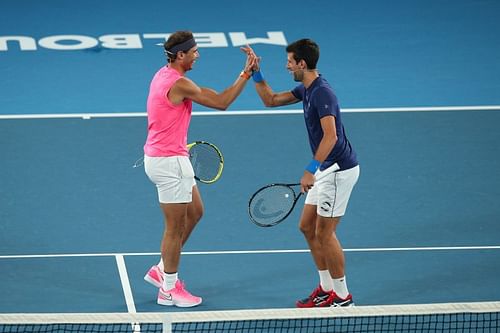
The two best tennis players in the world, Novak Djokovic and Rafael Nadal, have reopened an age-old debate with their comments at the ongoing ATP Finals. The best-of-5 sets traditionalists have got into another war with the best-of-3 sets "progressives" in the wake of Nadal and Djokovic expressing opposing views on the issue.
After his opening match at the ATP Finals, Novak Djokovic said he would like all tournaments (including Grand Slams) to be played in the best-of-3 sets format. But Rafael Nadal wants things to remain the way they are, citing the historical significance of the traditional format.
Among fans on social media platforms, the idea of best-of-3 at Slams is extremely unpopular. But there seems to be a growing wind of change among the new generation of ATP players, who feel switching to a shorter format would benefit the sport and its stakeholders.
Before this week, seemingly the only mainstream tennis journalist advocating the switch to best-of-3 was Ben Rothenberg. But with the world's top-ranked player (and leader of the newly-formed 'Professional Tennis Players Association') publicly supporting the idea, the progressives have suddenly got a very strong foothold.
Best-of-3 at Slams: An unnecessary contamination or an inevitable progression?
Until a few years ago, any suggestion of a change in the format at the Majors was laughed off by both fans and experts. But the more a trope is shared, the more pervasive it becomes.
And when something is advocated by a personality as influential as Novak Djokovic, you have to think the idea will come into fruition sooner or later.
What would that mean for the future of the sport though? Will tennis stop being the sport as we know it if the Slams switch to best-of-3?
It certainly wouldn't be the first time a popular sport will have adopted a shorter version to attract younger fans. Almost 15 years ago, cricket introduced a shortened 20-over format called 'T20' as an alternative to its much longer one-day internationals and five-day Test matches. The quickfire format has grown to become wildly popular, and given the sport a new wind in the form of franchise cricket.
Some might argue that even after introducing a shorter format, cricket continues to stick to its roots and places more importance on ODIs and Tests. And tennis has already done that in a way; it got rid of best-of-5 in Masters finals a decade ago, and at the Davis Cup a year ago. Grand Slams are now the only events on tour now playing best-of-5.
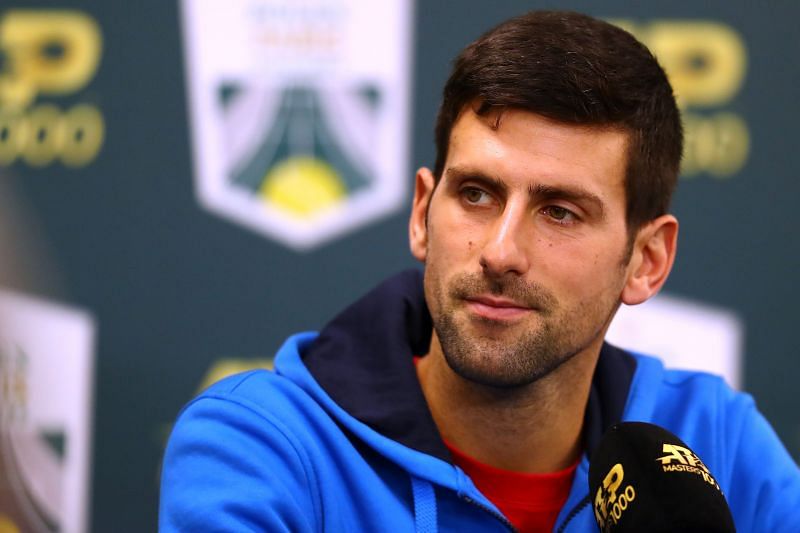
A major argument made in favor of switching to the shorter format at the Slams is that it would enhance the quality of tennis played. Players would be fresher towards the business end of the tournament, and the risk of muscle injuries would reduce drastically.
We have seen many five-setters in the past few years that were anything but high-octane epics between equally good players. Matches often go to five sets more due to both players being fatigued and sub-par than due to high-quality tennis being played from both sides of the court.
The best example of this is the recent US Open final between Dominic Thiem and Alexander Zverev, which went all the way to a fifth-set tiebreaker. The match left a sour taste among many fans, who were not impressed with the inconsistency and nervy play from both men throughout. In fact, the near-unanimous consensus was that they would have preferred a shorter match than being subjected to a tedious and uninspiring marathon.
The new generation of players like Alexander Zverev and Stefanos Tsitsipas are certainly better in best-of-3 than they are in best-of-5. Even a workhorse like Daniil Medvedev fares much better in the shorter format; the Russian is a dismal 0-6 in five-setters.
Unsurprisingly, Medvedev supported Djokovic's statement on Monday and expressed his wish for Slams to adopt the best-of-3 sets format.
The shorter format would also suit an ageing Roger Federer in his bid for Slam number 21. But the Swiss has already said on multiple occasions that he would like to stick to tradition and continue with best-of-5.
Some argue that an incidental benefit of switching to a shorter format would be a reduction in the use of illegal substances and Performance Enhancing Drugs. Players are tempted to use banned substances mainly to help them endure longer matches; as far as I know, PEDs don't help you hit better backhands. So if long matches are not the norm anymore, the temptation to resort to PEDs would be minimized too.
Another argument in favor of best-of-3 is that today's generation doesn't have the attention span to sit through all five sets of a marathon match. The number 61 is being floated around by the the best-of-5 opposers, as that is supposedly the average age of tennis fans.
Even Novak Djokovic quoted a study endorsing this claim while siding with the movement for change.
There is no definite way to verify such claims, and besides the study is largely US-based - where men's tennis has seen a steep decline in popularity compared to the 1990s. But even if you don't accept 61 as the mean age of tennis fandom, you will likely agree that a vast majority of the younger generation has the attention span of a fish.
Maybe men's tennis switching to best-of-3 at Majors could bring more 16-year-olds into the sport. But the point that is often ignored is that that could come at the cost of all the 61-year-olds.
Is tennis ready to part with its history?
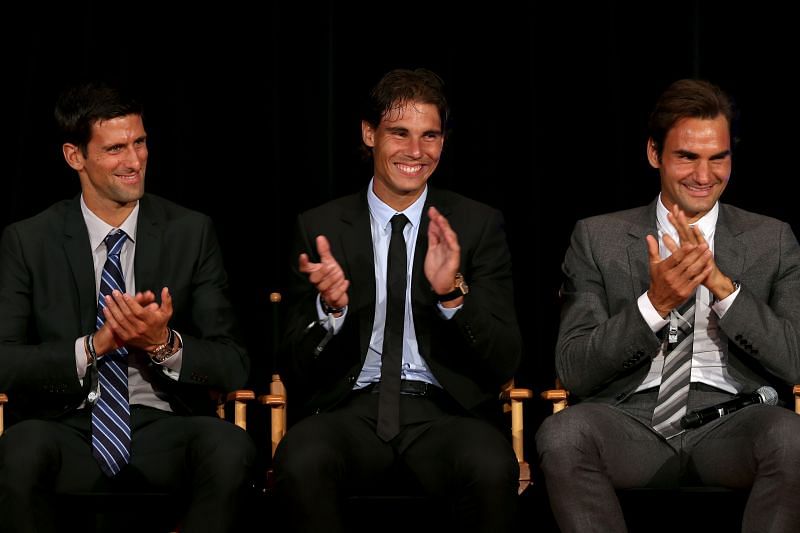
Men's tennis is what it is today because of the best-of-5 format. You ask any random fan from the days of John McEnroe and Bjorn Borg through the days of Novak Djokovic and Rafael Nadal about their favorite moments as a tennis fan, and the most common answer would be a five-setter from the vaults of history.
Some argue that the players themselves would be the biggest obstacle to any change in format. Some even go as far as calling out the "toxic masculinity" of men wanting to play best-of-5.
But why would the players revolt?
They'd be getting paid the same for doing less, which sounds like more than a fair deal. Yes, some who grew up watching five-setters might rebel a bit, but for how long? Most would simply get along with it.
The biggest obstacle would be us, the fans. And we have our reasons!
Personally, I love the best-of-5 format. Heck, I'd even have best-of-7 sets in Slam finals if it was up to me. The reason I got into tennis in the first place was that legendary Rome 2005 final between Rafael Nadal and Guillermo Coria, when Masters finals were still best-of-5.
Many tennis romantics still want the old days to return; for Masters finals and the season-ending championship final to revert to their original best-of-5 format. But they have accepted that that is never going to happen.
Perhaps the only thing that keeps these "61-year-old" romantics clinging to the sport is the fact that they are able to watch best-of-5 tennis for at least four fortnights in a year.
Is tennis really willing to sacrifice its lifelong followers, just on the expectation (and not certainty) of gaining new fans? More importantly, can the individual Slams afford to risk a decrease in revenue even for a year if the idea is to be implemented on a trial basis?
Maybe we can start with best-of-3 in the first week and best-of-5 from the Round of 16. But that may not have a significant impact since most casual viewers - whom tennis wants to convert to regular viewers - tune in only for the last few rounds.
Amid all the calls for abolishing best-of-5, what can't be denied is that the highest TV ratings for tennis matches are still generated by five-setters. For instance, the Wimbledon 2019 epic between Roger Federer and Novak Djokovic was watched by a peak of 9.3 million viewers in Great Britain. This was despite the fact that the English cricket team were simultaneously playing their first ODI Cricket World Cup final in 27 years.
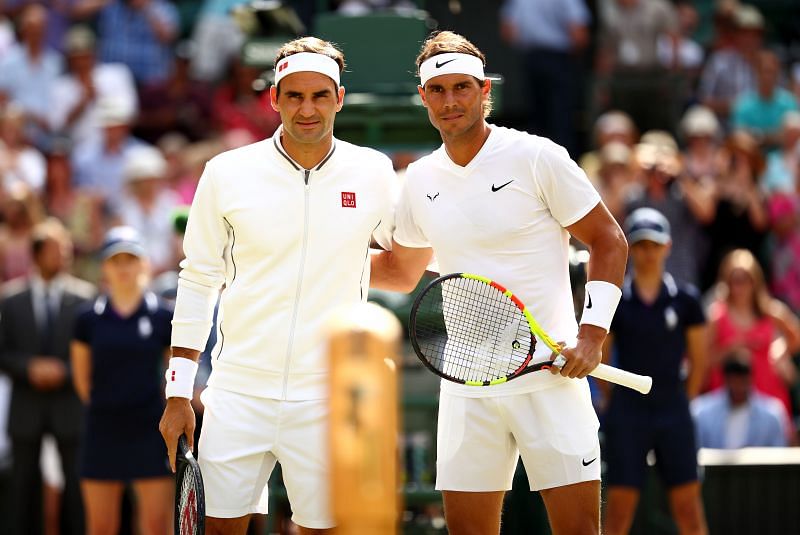
The other iconic and globally famous tennis matches - the Bjorn Borg vs John McEnroe and Roger Federer vs Rafael Nadal Wimbledon finals - were also five-setters. And they were single-handedly responsible for bringing a huge chunk of new fans into the sport.
Can it be said for sure that marathon best-of-3 matches (without a final set tiebreak) can take over that baton successfully? And will tennis take its chances with that, unless absolutely necessary?
The claims about the popularity of the men's game having decreased are mainly based on the fall in American TV ratings. The proposers of the change in format take for granted that young people in the US would start watching the sport if it shortens itself at the highest level. But any sport would receive a major boost in a country only if a major talent rises from that country.
For the revival of men's tennis in the United States, a generational talent emerging from the nation is more important than the sport changing its format. It is no coincidence that men's tennis was at its peak in America in the 1990s, when the nation was at the top of the sport with its golden generation of players. And that generation played best-of-5 sets much more than today's players.
The biggest problem tennis faces today is the lack of access to the sport and the limited cultural penetrability. An individual sport can never have the cult-like following of a team sport; the fan atmosphere in tennis can never be as enthralling as, say, European football or the NFL.
Moreover, tennis has done nothing to curb its elitist status as a "sport for the rich". Getting tennis equipment and coaching is still as difficult as ever, especially in the developing countries. That's a big reason why we still see world-class talents only from Europe and America, rather than India or Peru.
Simply changing the format of men's tennis is an almost lazy short-cut. To be honest, it is a bit convenient to blame the attention span of teenagers instead of looking for solutions to more deep-rooted problems.
But unfortunately, empty solutions with unreal expectations are often the easier and more preferred option. That's just how things work in our world.
If the format change is implemented and it fails, do we revert to best-of-5? Or do we implement more ideas like shortening sets to first to four games? That certainly sounds easier than actually taking efforts to make the sport more accessible to common masses.